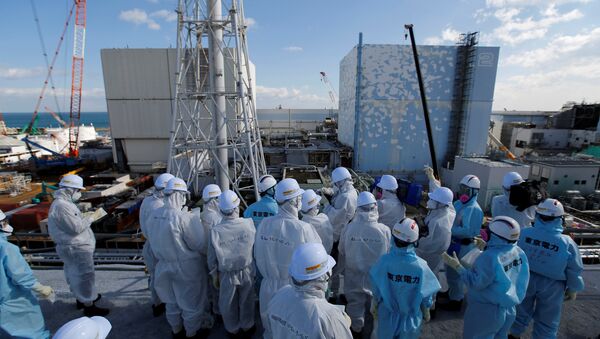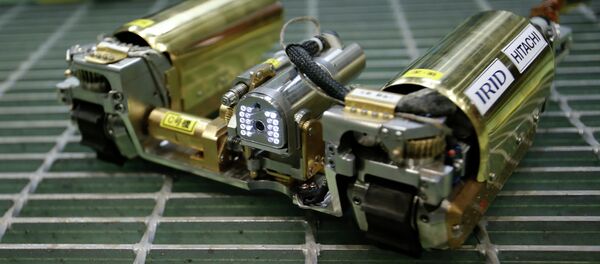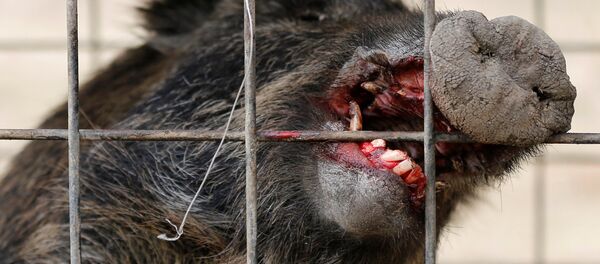Approximately 32,000 people in two towns and one village have had the evacuation orders on their homes lifted.
However, those evacuated from the Fukushima area following the catastrophic meltdown of the nuclear power plant in 2011 have been living elsewhere for over six years at this point. That, combined with fears of residual radiation and a lack of amenities, has made it unlikely for mass returns to occur. In areas where the evacuation order was previously lifted, less than 20 percent of the original population has returned.
Several areas where the contamination persists remain off-limits to the public. Of the 11 most affected municipalities, according to Asahi Shimbun, nine have been entirely decontaminated. The Japanese government intends to complete clean-up entirely in 2022.
The Fukushima Daiichi reactor went into meltdown in March 2011 following a devastating earthquake and tsunami. Damage done to the reactor by the disasters was later deemed avoidable by the Japanese government, and the Tokyo Electric Power Company, Inc (TEPCO), the company that managed the plant, was found to have failed to meet basic safety requirements.
Some 154,000 people were displaced by the reactor meltdown. The disaster has been estimated to have cost $187 billion in total, a sizable chunk of which has gone toward the disposal of irradiated materials in once-populated areas.
The reactor itself remains a no-man&'s-land, with part of it still submerged underwater. When TEPCO sent remote controlled robots to collect data on the inside of the reactor earlier this month, most of the robots were so damaged by radiation that they were unable to complete their tasks.
New robots have been commissioned from the International Research Institute for Nuclear Decommissioning, a $62 million contract meant to conclude in 2019.
Japanese authorities are considering an alternate solution, potentially taking a lesson from the Soviet Union's handling of the Chernobyl disaster in the late 80's. The Soviets built a "sarcophagus" around their melted-down reactor, a tomb of concrete and steel intended to prevent any radiation from escaping.





